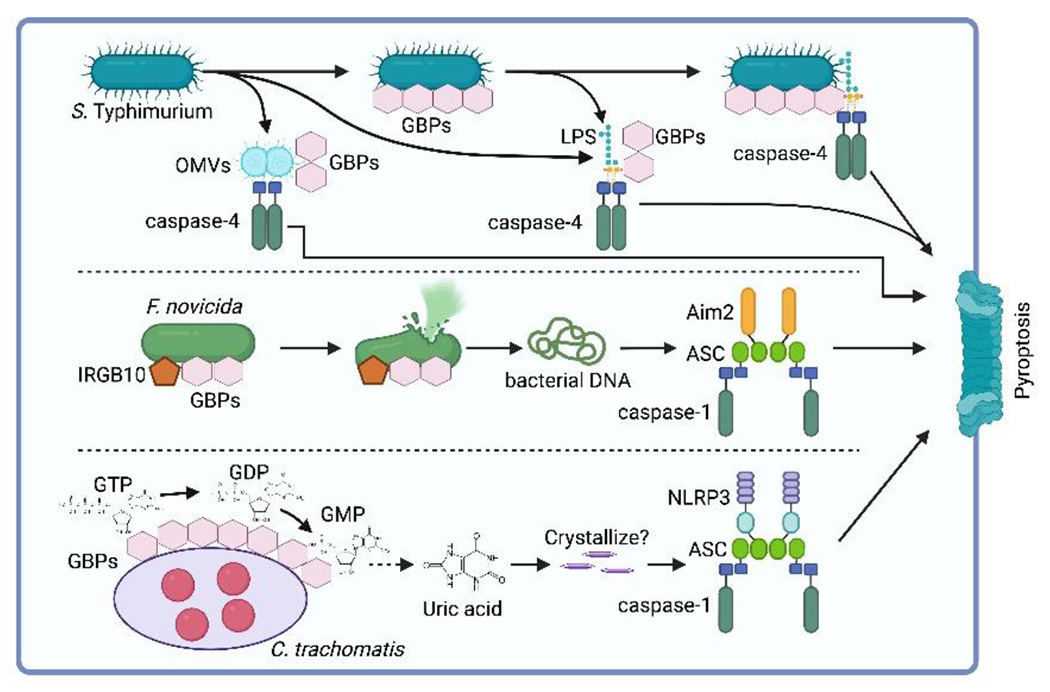Figure 3. Regulation of pyroptosis by GBPs.

GBPs exhibit diverse mechanisms to activate inflammasomes in response to bacterial infections. GBPs can target bacteria in vacuoles or cytosol, as well as bind to released PAMPs such as LPS. GPBs facilitate caspase-4 activation in response to cytosolic free LPS or LPS packaged in outer membrane vesicles (OMVs). GBP-mediated caspase-4 activation can also occur by recruiting the caspase to the bacterial surface or by promoting the release of LPS into the cytosol. Additionally, GBPs, in conjunction with IRGB10, promote AIM2 inflammasome activation by facilitating bacterial lysis and liberation of bacterial DNA. Furthermore, GBP1 can activate the NLRP3 inflammasome during C. trachomatis infection by hydrolyzing GTP into GMP, which is then catabolized to uric acid that activates the NLRP3 inflammasome. However, it is unclear whether the uric acid concentration is sufficient for crystallization within the infected cell.
